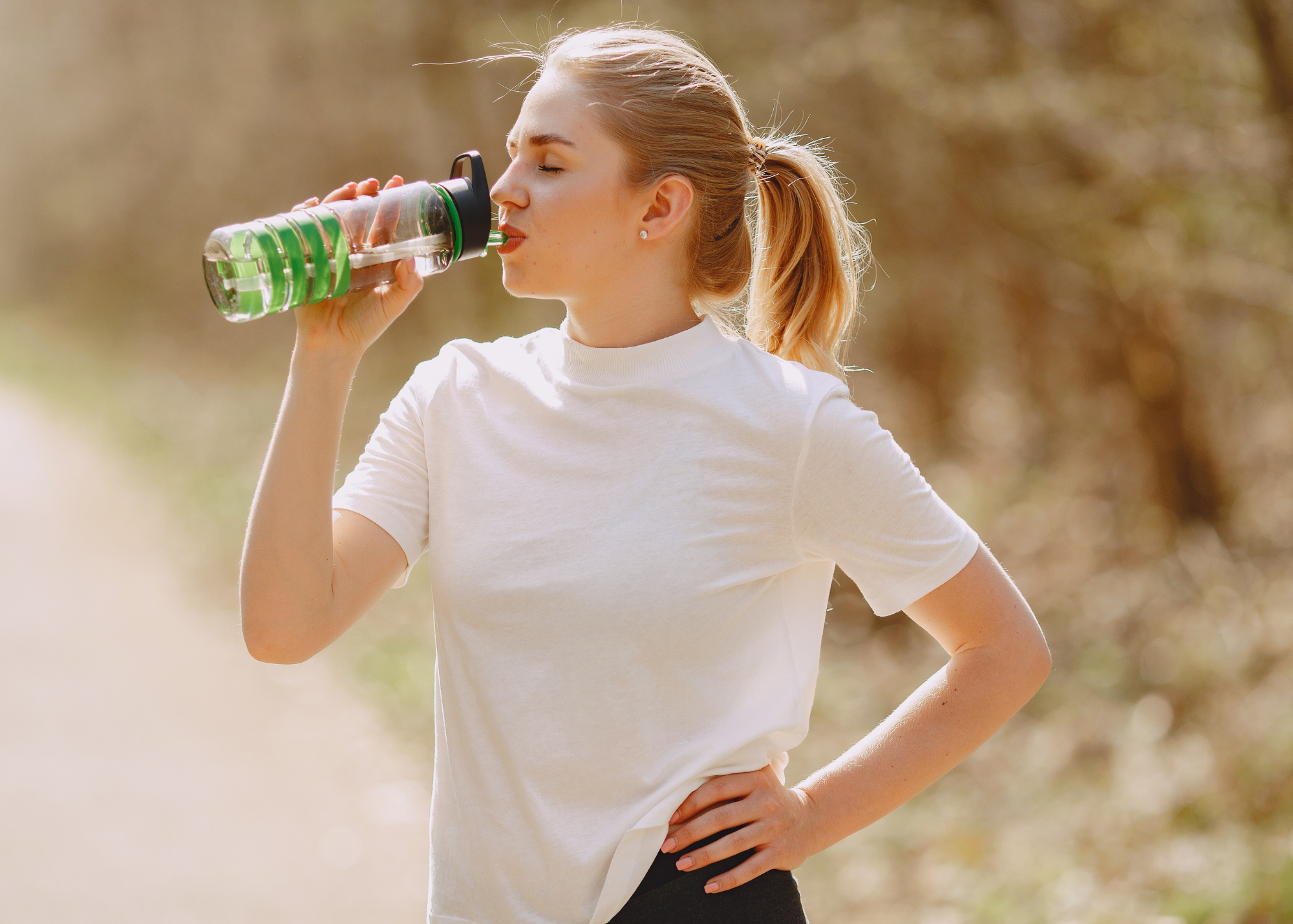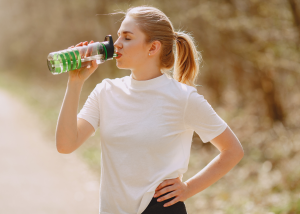Here’s how to choose safe, effective sunscreen
Is sunscreen good for you? Is it bad for you?
With the arrival of spring, many of us are biking, hiking, gardening, and enjoying other outdoor activities. Recently, several patients have asked me this question, “What do I look for when choosing sunscreen for me and my family?”
Here are 5 things you need to know about sunscreen – including two toxic ingredients you need to watch out for.
First, some words of wisdom from Grandma.
Your grandmother may have told you, “Go outside and get some sun – it’s good for you.” Guess what? Grandma was right! We keep hearing “stay out of the sun” but, in reality, getting a little sun is perfectly safe. It’s sunburn that causes problems, not sunshine.
Plus, our bodies need sunshine to produce vitamin D. Recent research links low levels of vitamin D to risks of cancer, obesity, depression, high blood pressure, and much more. Taking vitamin D supplements is not nearly as effective as good-old-fashioned sunshine.
Of course, we live and play at high altitude, and we can burn more quickly. Here’s my rule of thumb: For most outdoor activities (hiking, biking, gardening, yardwork, etc.) spend about 15 minutes in the sun without sunscreen to get that beneficial vitamin D, then apply sunscreen (and wear appropriate clothing). If you’re skiing or boating, spend about 5 minutes in the sun without sunscreen to get your “dose of D,” then put on sunscreen and long-sleeves before you start to turn pink.
I tell my patients, “Sunshine is nature’s medicine! Get outside, get some sunshine, and take precautions to protect your skin from sun damage and sunburn.” Keep reading for more advice – the 5 things you need to know about sunscreen.
#1. Choose mineral sunscreens over chemical sunscreens.
Mineral-only sunscreens have different ingredients than chemical-based sunscreens. The Environmental Working Group notes, “Mineral-based sunscreens using zinc oxide and titanium dioxide tend to rate well in our analysis. They are stable in sunlight, offer a good balance between protection from the two types of ultraviolet radiation – UVA and UVB – and don’t often contain potentially harmful additives.”
Mineral-based sunscreens contain larger particle sizes of ingredients. This means your skin doesn’t readily absorb these ingredients into your blood stream. Clearly, we want to apply sunscreen on our skin – not in our body. This is a key reason why the Environmental Working Group gives a favorable rating to mineral-based sunscreens.
#2. Watch out for these worrisome ingredients.
Two-thirds of sunscreens offer inferior sun protection and worrisome ingredients – chemicals that can show up in our blood, urine, and even breast milk. The two major offenders in chemical-based sunscreens are:
- Oxybenzone
- Octinoxate
These known hormone disruptors are estrogenic, which means they act as estrogen in our bodies. They also have potent anti-androgenic effects, which essentially equates to “anti-testosterone.” And here’s a frightening statistic: Oxybenzone has been detected in the blood of 96% of Americans! More bad news: Marine biologists are discovering that these chemicals damage coral reefs and affect marine life.
#3. Look for broad-spectrum sunscreen, offering protection from UVA and UVB rays.
Did you know the SPF rating is linked only to UVB rays? In fact, the FDA says that high-SPF products may mislead consumers. Since many products don’t adequately block UVA rays, you may be getting significant UVA exposure even though you’re not getting sunburned. Therefore, choose a broad-spectrum, mineral-based sunscreen that won’t contain the toxic ingredients oxybenzone and octinoxate.
#4. Take steps to protect your skin and prevent skin cancer.
Don’t depend on sunscreen – it does not protect your skin from all types of sun damage. Also, the Environmental Working Group notes, “People who rely on sunscreens tend to burn, and sunburns are linked to cancer.”
Here are tips to protect your skin and prevent skin cancer:
- Don’t use tanning beds – No indoor tanning, ever.
- Wear appropriate clothing – Going on a long hike? Spending the day in the garden? A wide-brimmed hat, long sleeves, and long pants help protect your skin.
- Take care not to get sunburned – Since UV radiation peaks at midday, plan to spend time outdoors in early morning or late afternoon when the sun is lower. When possible, stay in the shade or under an umbrella.
- Regularly apply sunscreen – Apply a broad-spectrum, mineral-based sunscreen every 2-4 hours when spending time outside.
#5. Find out if your sunscreen is good or bad. Here’s how…
The Environmental Working Group offers great information on sunscreens, including an online guide to sunscreens, little-known facts about sunscreen, and a list of “Best Beach and Sport Sunscreens.” Check out the list of 243 sunscreens and see how your product rates: https://www.ewg.org/sunscreen/
What did you think of our post?
- Subscribe to our YouTube channel to get alerted when we release new videos!
- Leave a comment below to let us know if the information we provided was helpful. What was your favorite tip?
- Have a topic you’d like us to cover? Tell us in the comments!
- Share this post with others so they can benefit from our tips too!









